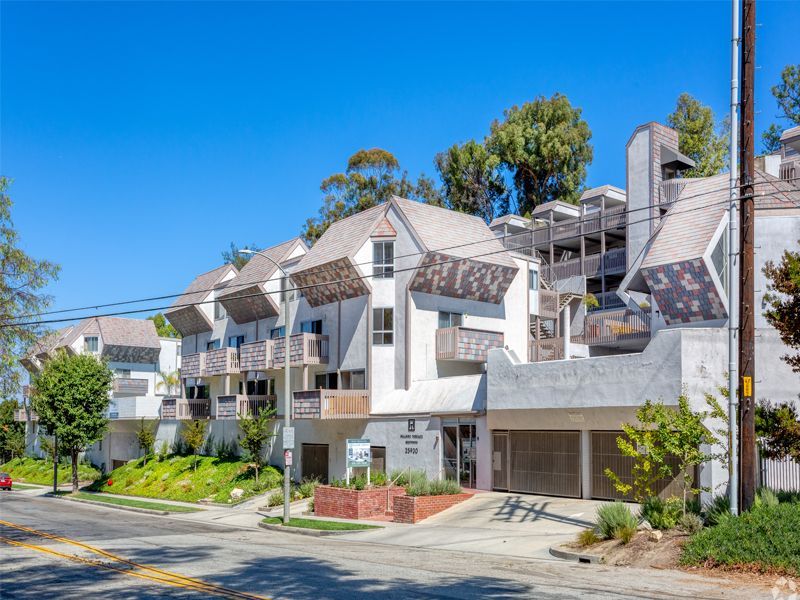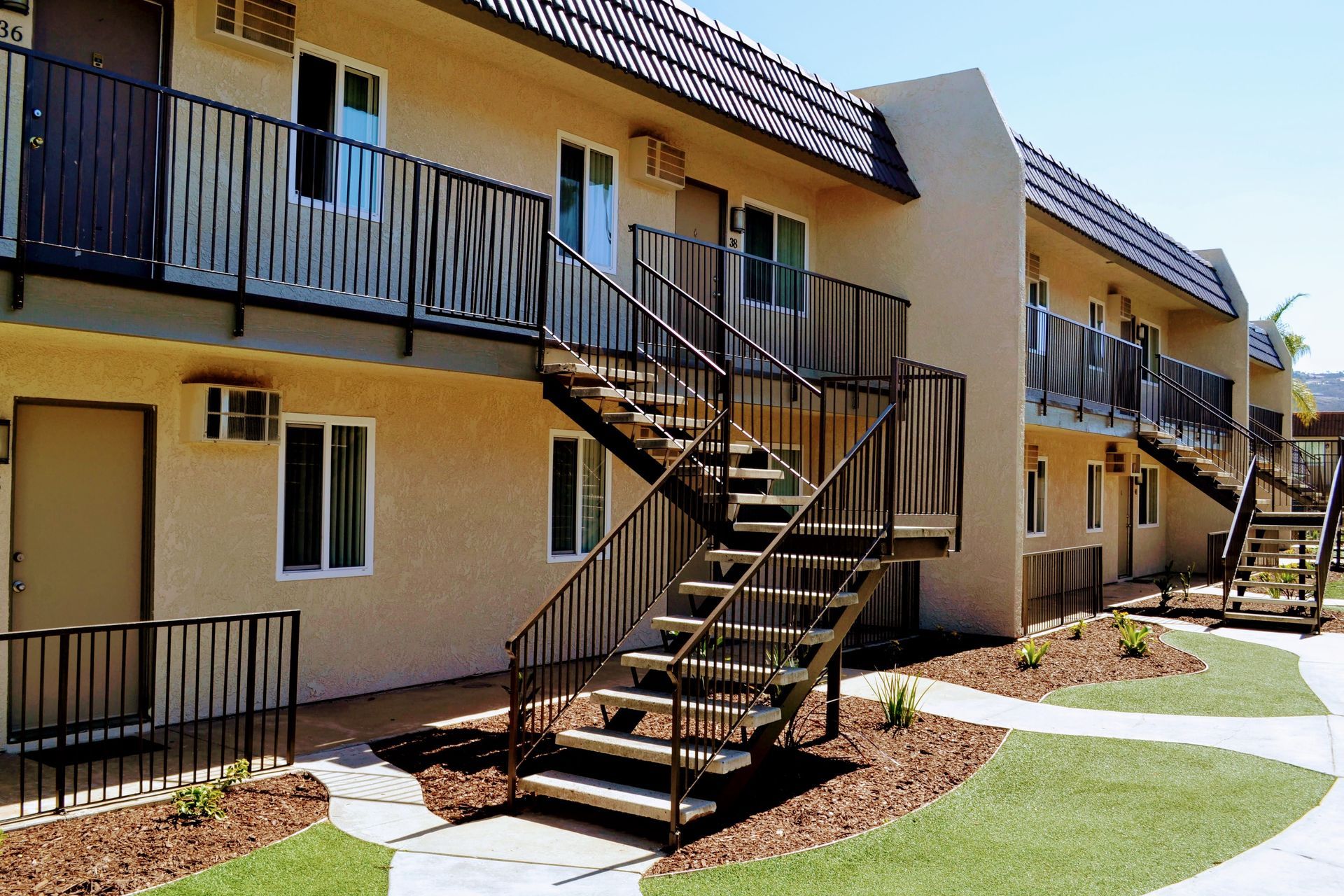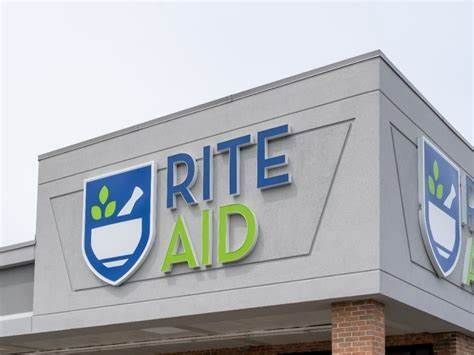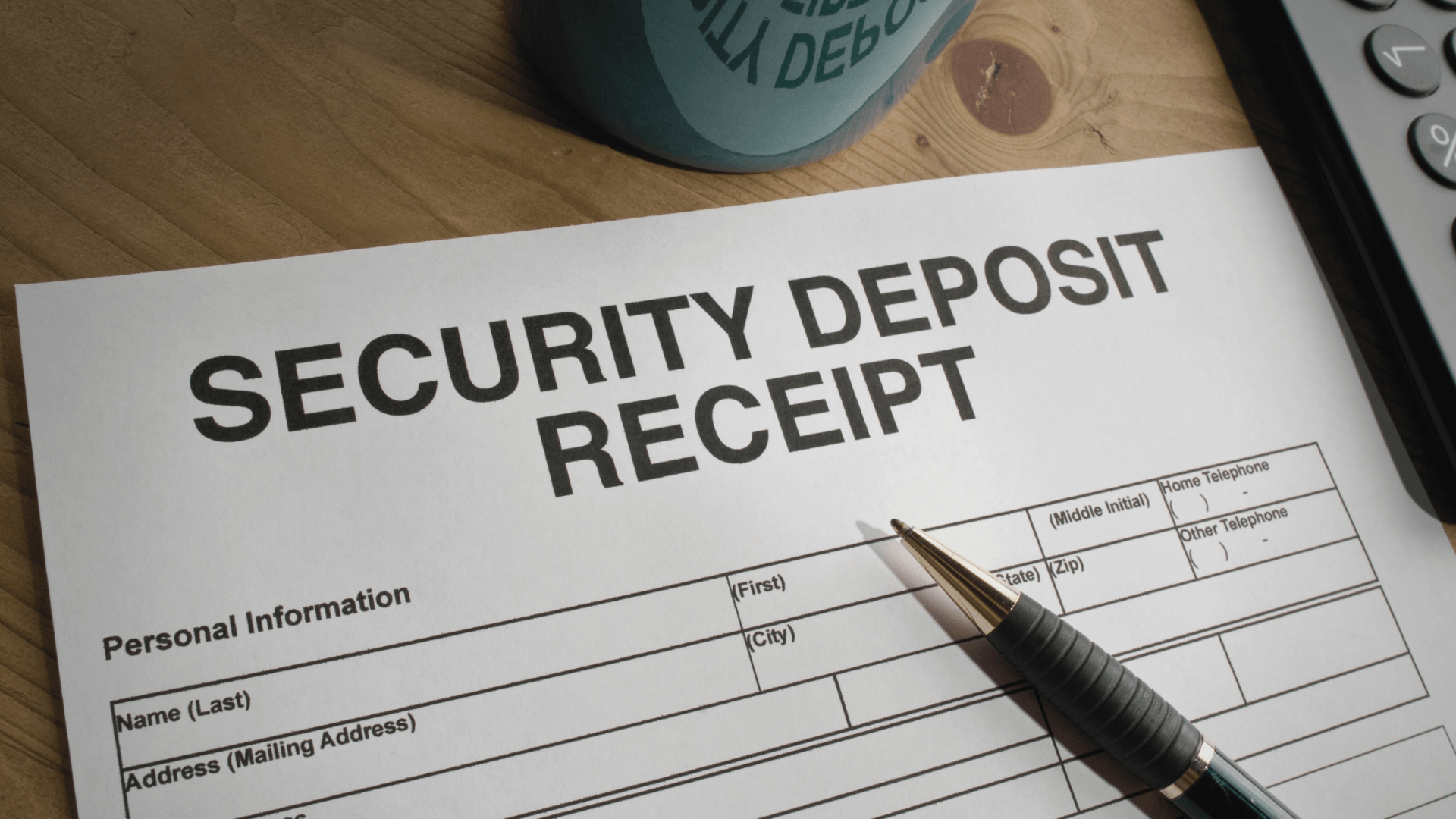In a recent article, we went in-depth into the topic of triple net (“NNN”) leases, which you typically see with multi-tenant commercial buildings such as retail centers. This product type has been one that Coastline Equity has specialized in for many years. But since we also work with our clients to manage office buildings, industrial properties, and apartments, we’re also very familiar with the various lease agreements you typically see with those kinds of investments.
Today we’re going to compare the NNN lease with a variety of others, such as gross leases, modified gross leases, and percentage leases.
Recap of Net Leases
As you may recall, a net lease is one in which the tenant pays a portion of one or more of the landlords operating expenses. Each of these expenses is referred to as a “net,” and they include the property taxes, building insurance, and maintenance expenses for the common areas of the building (which also include management fees).
These net costs are paid separately and in addition to the tenant’s fixed base rent amount. The tenant is also responsible for their own utility expenses used within their space, though these amounts are paid to utility providers rather than the landlord.
Some rental agreements may be set up as a single net (“N”) lease (where the tenant pays their base rent plus their share of property taxes) or a double net (“NN”) lease (where the tenant pays their base rent plus their share of property taxes and insurance). A tenant that contributes to all three of these expenses (taxes, insurance, and CAM) is on what is called a triple net (“NNN”) lease. The NNN lease is common for commercial properties (particularly the retail centers that we manage) and is great for landlords who want a very hands-off kind of investment vehicle.
While property taxes and property insurance remain relatively fixed and/or predictable, the common area maintenance expenses found in NNN leases are more likely to fluctuate from year to year. Because of this, a property manager will perform an annual CAM (common area maintenance) reconciliation in order to set a new price for CAM expenses that the tenants must pay in the following year.
Lastly, it is important to note the landlord is usually still responsible for maintaining the structural elements of the building such as structural walls, the foundation, and the roof).
What is a Gross Lease?
Gross leases (sometimes referred to as a full-service gross leases) are more commonly seen with single-tenant buildings. Here, the tenant pays a single, fixed amount to the landlord each month. The landlord uses the revenue that they receive from the tenant to pay all of the operating expenses (property taxes, insurance, and common area maintenance) and utilities. In order to account for this, the landlord will often set the base rent to be higher than when compared to a net lease.
Although the base rent may be higher, the benefit to the tenant is that they enjoy the convenience of only having one fixed cost in base rent to pay to the landlord each month. This can make it easier for the tenant to budget their rent obligations each month since they won’t need to worry about unforeseen work or repairs to the property.
Unless stated otherwise, the landlord will be responsible for all repairs to the interior and exterior of the building and common areas of the property. The benefit to the landlord is that they may generate more revenue if they manage to bring expenses down while still charging the tenant the same flat rate.
What is a Modified Gross Lease?
Just like a gross lease, a modified gross lease allows the tenant to pay a single, fixed amount to the landlord each month. However, a modified gross lease will have some kind of specific characteristic negotiated and added. This will vary with each tenant/landlord relationship.
For instance, suppose you have a tenant in an office building with a single electric meter. The tenant’s lease may require them to pay their base rent plus a percentage of the total electricity costs based on their square-footage use of the building. The landlord will pay for all other utilities and operating expenses. In other cases, a landlord might establish a cap on how much they will pay in utility costs.
A modified gross lease may then stipulate that if the tenant’s utility costs go beyond this cap, then the tenant must pay the difference between the cap and the actual cost incurred. Another setup you may find is a modified gross lease in which the landlord covers all utilities and operating expenses (taxes, insurance, and maintenance), with the exception of one predetermined cost, such as janitorial or cleaning services.
What is a Percentage Lease
Lastly, let’s take a look at the percentage lease. It is typically used for leases with retail tenants that occupy large, multi-tenant properties. It involves paying the landlord a portion of any profits the tenant makes, typically a percentage of the monthly or annual gross sales made on the premises.
Normally, the landlord won't start taking a percentage of the tenant's income until a certain threshold of gross sales has been met. This means that the tenant has some cushion before they are required to pay the landlord a portion of their sales.
The primary benefit to a percentage lease is that it incentivizes the landlord to play a more active role in drawing traffic/business to the property. This might mean more visible signage on the street that advertises the businesses found within the property, a well-planned mix of businesses that are given leases on the property, or better curb appeal.
As the tenant’s revenue increases, the landlord receives more rent.
Ultimately, a lease is simply a negotiated contract between a landlord and a tenant. Therefore, while there may be some regularly used lease types, leases can be negotiated in whichever way makes the most sense for the tenant/landlord relationship. For questions or more information regarding commercial property and the various ways to set up a lease, contact us through our website at www.CoastlineEquity.net!
Property Management Made Easy
Contact Us - Contact Page
We will get back to you as soon as possible
Please try again later
Los Angeles
1411 W. 190th St.,
Suite 225
Los Angeles, CA 90248
Temecula
41743 Enterprise Circle N.,
Suite 207
Temecula, CA 92590

P.O. BOX #1489
TORRANCE, CA 90505








